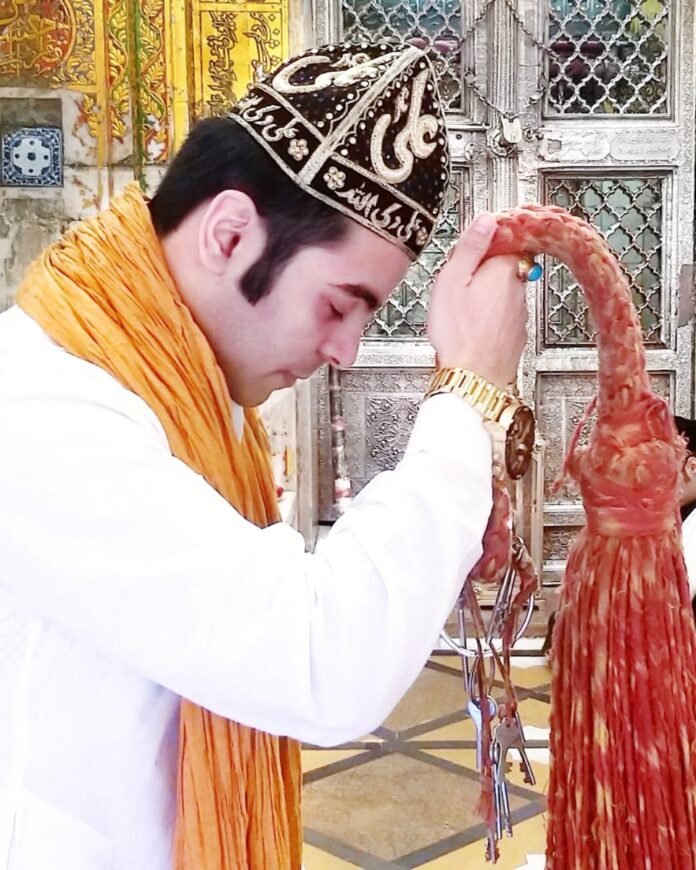
Nestled in the Aravalli range of mountains near the Taragarh Hill, Dargah Ajmer Sharif is a sacred treatise, where petitions from the pure soul never go unanswered.
The rose-scented narrow bylanes around Dargah which remain busy bring along an aura of positive vibes. The divine aroma of the scent sticks and the Qawwali songs have the power to mesmerize the soul, creating a pious atmosphere that attracts people from diverse religions together under one roof for the fulfilment of their wishes. One can witness the universality of this sacred pilgrimage.
A few details from Dargah history-
Dargah’s oldest parts of the modern structure were constructed by Humayun, and date back to the 13th century.
The roots of this dargah are connected with the pious Persian saint Khwaja Moinuddin Chishti, who is considered as the epitome of mercy and had immense spiritual powers.
There are so many soul touching experiences inside Dargah, which are difficult to be woven with words. Here we bring a few of the facts from dargah:
1. Bulland Darwaja
The huge enthralling Bulland Darwaja is the entrance to Ajmer Sharif, serving as a monument in itself. 54 metres in height, there are engravings carved on the gate which speak about the history of this place. Other than this, there are two more gates, Nizam Gate and ShahJahani Gate, which hold some interesting facts.
2. Jaanati Darwaja
To the west of the dargaah, the silver-shuttered Jaanati Darwaja is situated. It is believed that if someone crosses the gate from west to south six times in one stretch, they can surely secure a place for themselves in heaven.
The Jannati Darwaja only opens four times a year.
Near Jannati Darwaja there is a spot where devotees usually meditate to fulfill their wishes.
3. Deg
There is a deg known as Kadhaaye inside the dargaah which was introduced by Akbar around 400 years back where 4800 kg of food can be prepared . The tons of food which is being cooked in the kadhaaye is known as Tabarukk, which is strictly veg. Tabarukk is prepared at night and distributed to devotees after morning prayer.
4. Jalahara
There is a small pond of pure water at Ajmer Dargah which exists from the very beginning of this sanctum. It is said that the water in the pond is the holiest water which is taken to perform rituals and helps to cure many things.
5. Akbari Mosque
There is an Akbari Mosque situated within Dargaah, named after Akbar as he built this as it a present for his son Jahangir.
6. Dua-e-Roshni
Dua-e-Roshni is a ritual performed in Dargah fifteen minutes prior to evening prayer. The prayer is conducted by reciting rhythmic Persian verses and lamping the candles, which are made up of complete wax with without using any meat.
7. Mehfil-e-Sama (Qawwali)
Every day after evening Namaz, traditional Sufi songs known as Qawwali are sung by devotees inside Namazi’s hall.

